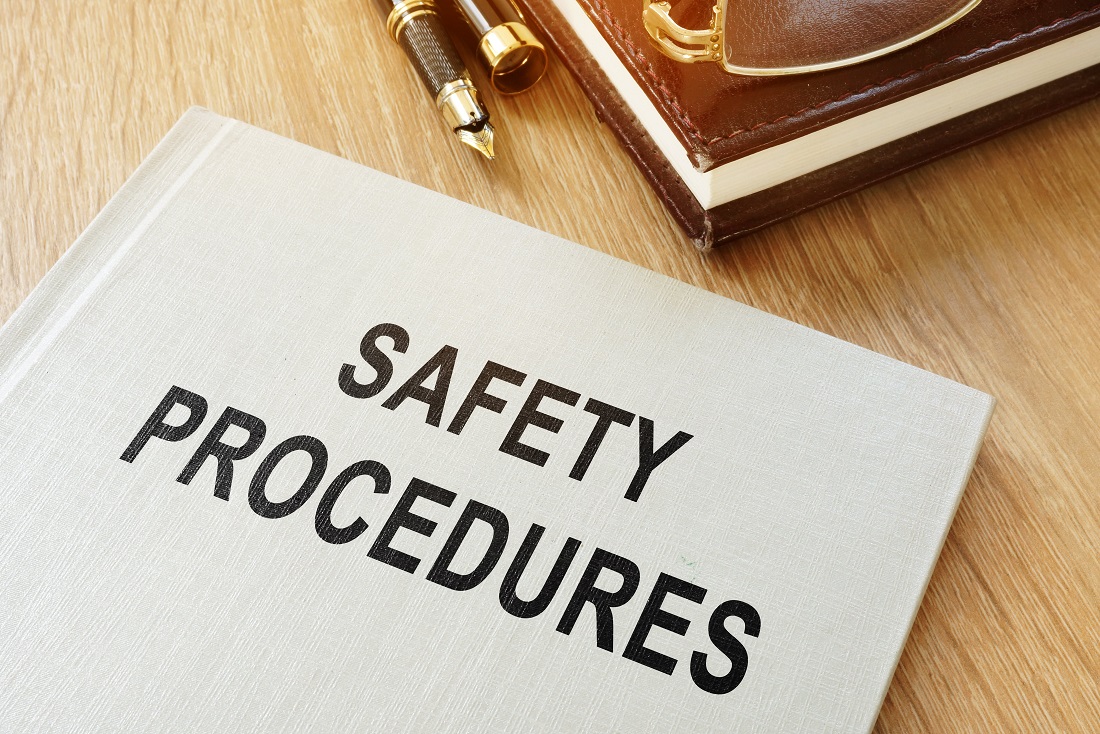Lockdown procedures are seen as a proportionate and sensible response to any internal or external threat that has the potential to pose a risk to the safety of staff or visitors within a building or premises. They are also heavily used in schools to protect pupils and also within hospitals to protect patients.
If you have an internal emergency response procedure, then an emergency lockdown procedure is a paramount addition to this. The procedure should provide a proportionate response to any risk and should be subject to a specific risk assessment based on up-to-date specialist advice.
Types of Lockdown Situations
Lockdown procedures can be utilised in a range of situations, and are in place to minimise disruption and ensure the safety and protection of everyone within a building or premises.
- An intruder within a building or premises
- An emergency situation outside a building or premises prevents the safe evacuation of people to a designated rally point.
- A local warning such as air pollution (gas or smoke from a major fire)
- An internal threat from a known entity
- Removing people from a threat
- Isolating a dangerous situation away from individuals
- Allowing for an accurate accounting of people within each room
- Facilitating an organised evacuation away from a dangerous area if suitable
Lockdown arrangements should be determined by individual companies, organisations or education bodies. No one emergency lockdown procedure is suitable for all, they will be largely dependent on individual circumstances such as the layout and design of a building/site, as well as local factors and resources available.
Lockdown Systems
A key requirement to any successful emergency lockdown procedure is the technology that underpins it, an enterprise-grade access control system will help your organisation respond swiftly and accurately during an emergency situation that may require an emergency lockdown. It can also help:
- To Identify, locate and respond quickly to any potential threat whilst sending threat levels direct to staff phones/devices.
- When responding to any threats with a lockdown, provide an audit trail that can be reviewed after the event.
- To ensure individuals are kept safe during developing situations.
Types of Lockdown Procedures
When locking down a building or site there are three key elements; preventing the movement, exit and entry of people (or a mix of the three). All persons should be requested to follow directions in order to fully support a lockdown, however, the containment of any person against their will is against the law (Unless legally detained under the Mental Health Act (MHA) and Deprivation of Liberty Safeguards (DoLS).
Different organisations may have different names or types of lockdowns, below we have listed the two main ones, however depending on your organisation’s individual circumstances then you may wish to have more varieties of lockdowns to suit your requirements.
Preventative Lockdown
During a preventative lockdown, perimeter doors are locked to keep persons inside a building safe from any external threats. This allows for normal activities to continue, whilst the threat is determined and evaluated. This could be something such as a police officer chasing a suspect through your site, or a dispute in a car park between individuals. A preventative lockdown will help reduce disruption, however, procedures need to be put in place if the situation escalates and the need for a full lockdown occurs.
Full Lockdown
A full lockdown is a process of preventing the movement, entry and exiting of persons in, out and around a building or site. It is essential that a full lockdown action plan is undertaken to ensure the smooth implementation of the procedure and that persons know their individual roles and responsibilities when it may occur.
Emergency Lockdown Procedure Checklist
Assign lockdown roles.
Ensure that appropriate people are placed in charge to help conduct a successful lockdown procedure. They will need to know the technology that is being used, the lockdown procedure, the building layout and all other relevant information to ensure the safety of all persons involved.
Implement a comprehensive alerting solution.
The notification of a lockdown needs to be communicated quickly and clearly in order to allow for a smooth rollout. Depending on the system used, there are multiple ways in which to notify everyone in the building or site. Whatever method is chosen, you need to make sure that all people are aware, and that training is given.
Maintain an up-to-date contact database.
As new people start and others move on it is essential that you make a point to continually update your contact list in the event of a lockdown. So you know who should be in your building on a given day and time, and where they should be located.
Provide peace of mind when the lockdown is over.
Letting all persons know when the lockdown is over is just as important as letting them know when it begins. Ensure that the method is clear and can be seen/heard/read by all persons involved.
Offer regular emergency lockdown training and drills.
In order to enable a smooth and injury-free lockdown simple training and drills need to be undertaken so that people can easily follow them when it matters.
Develop a backup plan.
Plans do not always go the way intended, especially during a threat when emotions are high. Be sure that a backup plan is in place, and all avenues are thought about to provide continuous safety for all involved.
As mentioned earlier, an emergency lockdown procedure has to be unique to the organisation, building, or site it is designed for. A thorough risk assessment needs to be undertaken based on up-to-date specialist advice.





